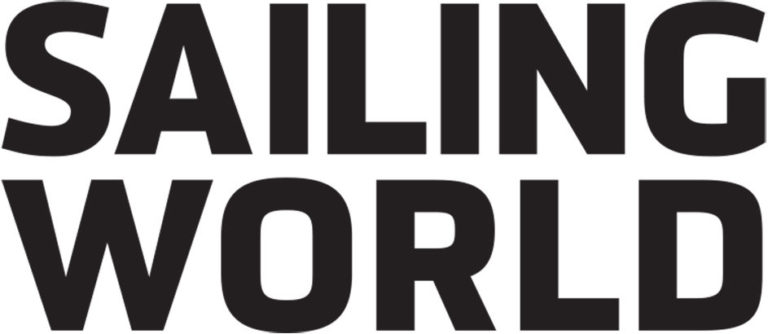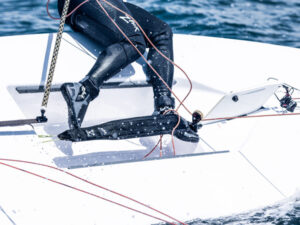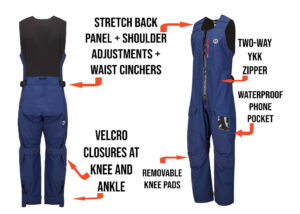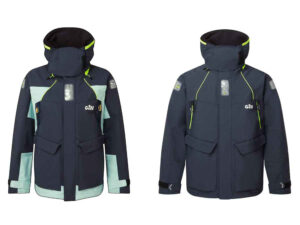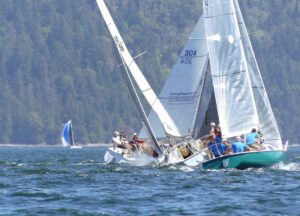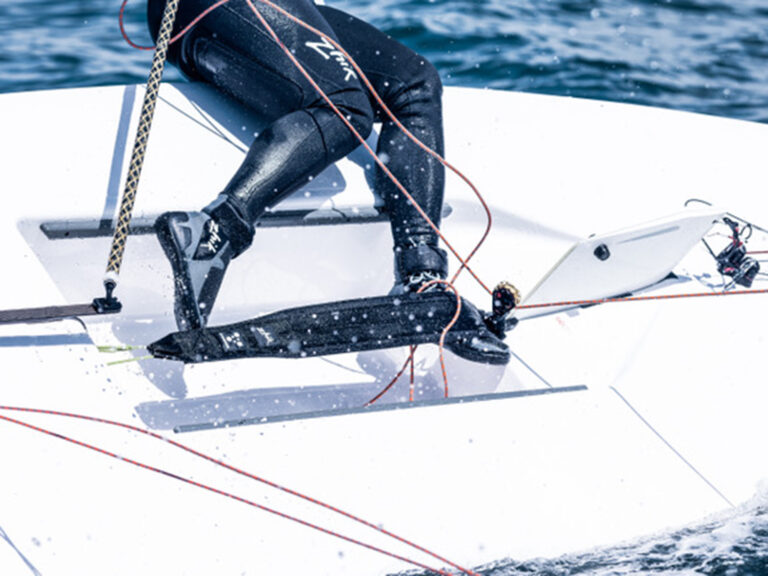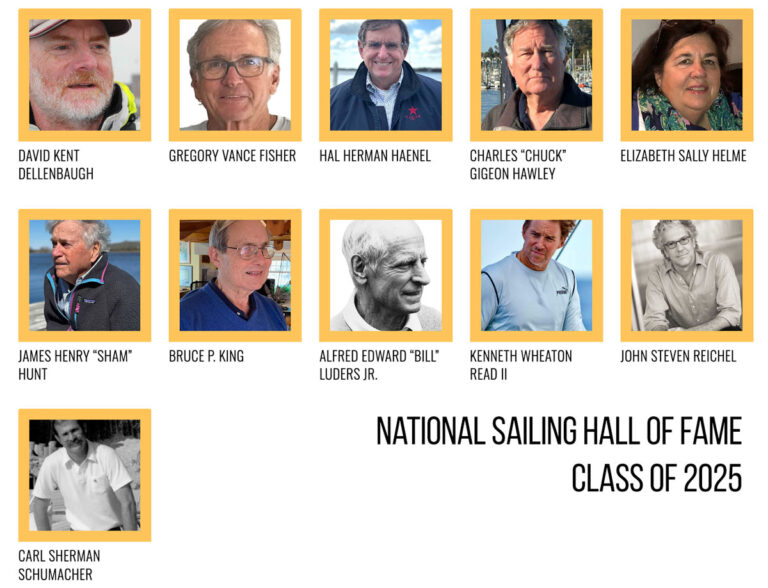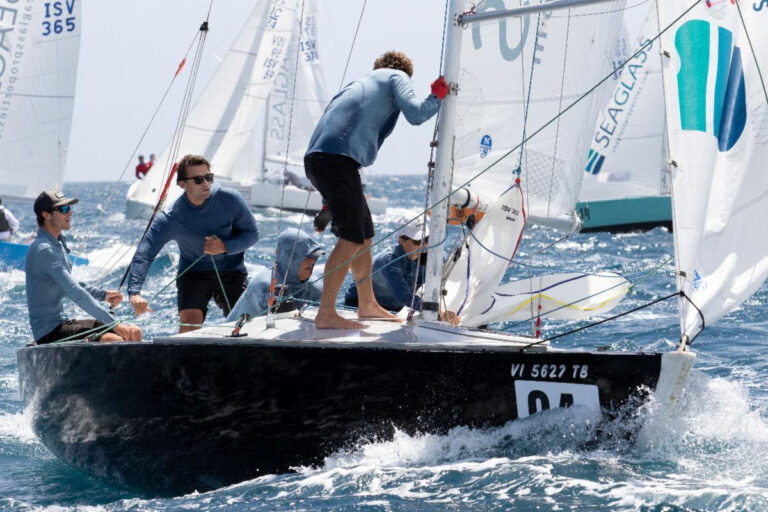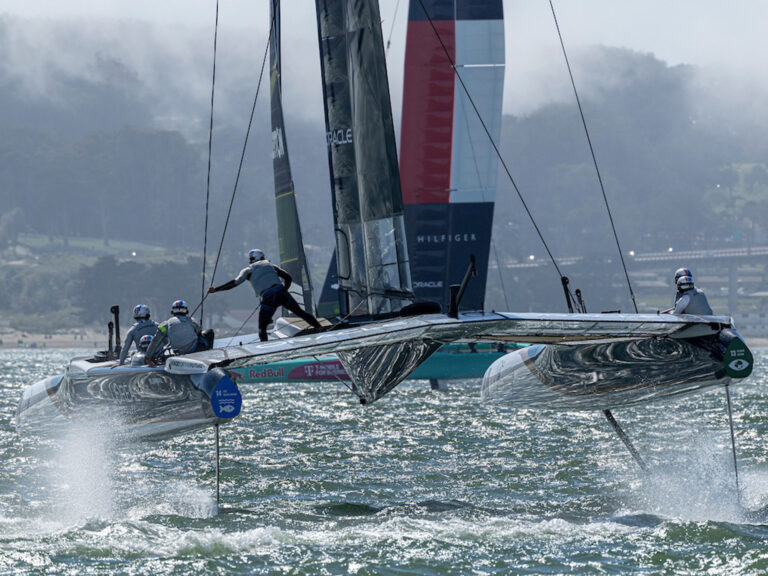Mustang Survival’s latest addition to the inflatable PFD space is the Atlas 190 DLX Hammar, a product that has already won a slew of awards, including TIME’s Best Invention of 2024, a Red Dot Award for outstanding design, the 2025 Miami Innovation Award and a 2023 DAME Design Award special mention. If that’s not enough street cred to make you give it more than a first look, let’s check out some of the details.
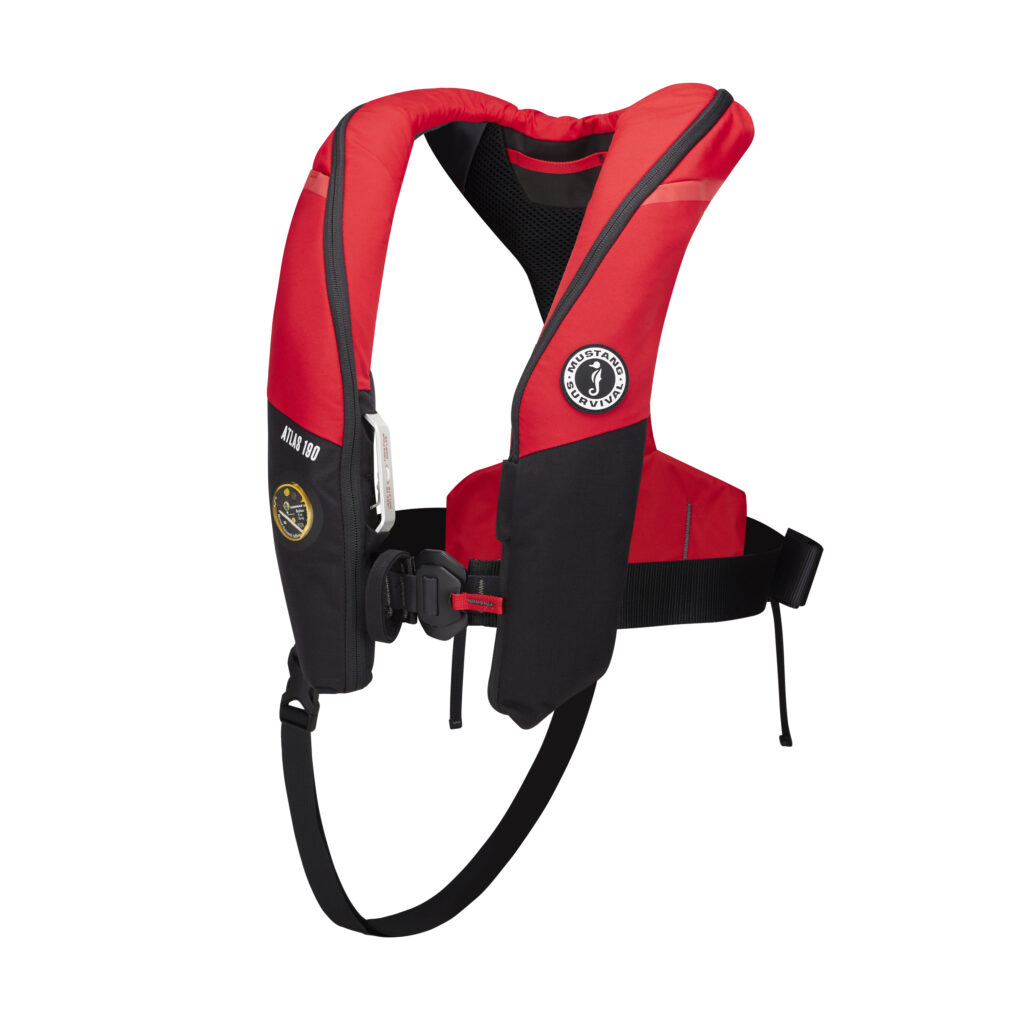
Yes, we all know how important the safety aspect of a good PFD is, and we’ll get to that, but the first question always, is it comfortable? If it’s comfortable to wear, we’re more likely to wear it without a second thought, right?
Right. And there’s good news on that front. First, what little weight it carries is well distributed over the shoulders, rather than resting directly on the back of your neck. From personal experience of consecutive days in an inflatable that didn’t spread the weight, resulting in a pretty sore neck, that’s huge, maybe even the most important comfort consideration. Beyond that, a mesh back panel prevents heat build-up, always a nice touch, and a simple buckle system in front makes getting in and out of the Atlas a cinch. The side adjusters, with large tabs to release tension, makes shifting clothing modes from warm, dry, daytime conditions to multi-layer, wet and cold night watches a minor issue at best. A single crotch strap can also be easily adjusted or removed completely.
Now that the Atlas has passed the comfort test in flying colors, let’s talk about what’s really important and the whole reason for having an inflatable PFD: safety components. Mustang uses the acronym ADAPT (ADvanced Airway Protection and Turning) to describe their technology. The basic idea is that once in the water, the PFD keeps your face up, blocks waves from hitting your face, supports your head and gives you some in-water stability. Let’s inflate it and see how it does.
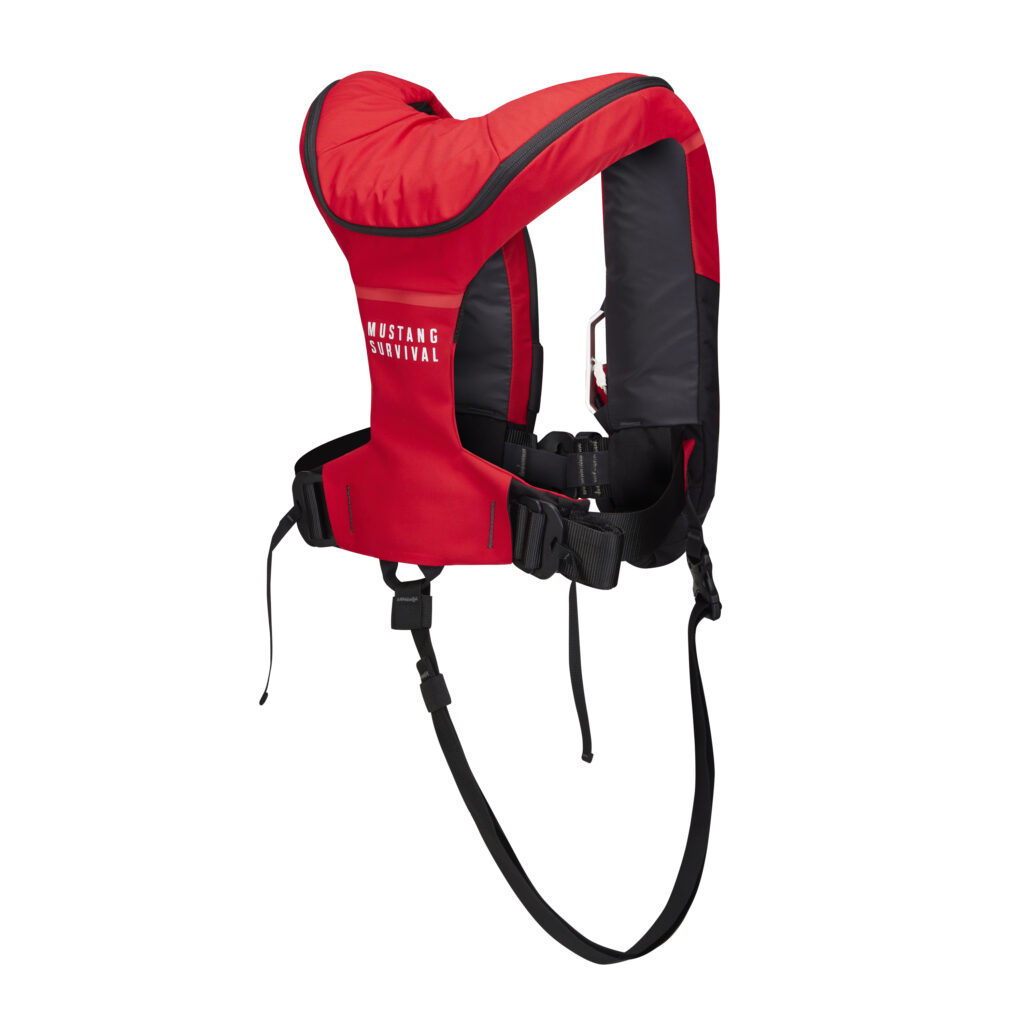
First impression–this thing is big–can’t imagine anyone it couldn’t support. Clearly plenty of head support to keep your head protected and out of the water, plus there’s s chafe strip around the neck opening to minimize abrasion. All ancillary items are to your left—manual inflator, whistle (on lanyard) and light. Reflector patches are just above the head and on top of the two inflated lobes, so they should be easily visible.
The spray hood, to prevent secondary drowning, is rolled up, just above the head and held in place with a small Velcro attachment. One tug and it’s free. Pull over your head and attach two bottom loops around the two lower sections of the inflatable. As with any inflatable new to you, it’s always good to test it out in a controlled situation so you know exactly where everything is and how the parts work together. Once the hood is in place, your face is fully protected from the elements.
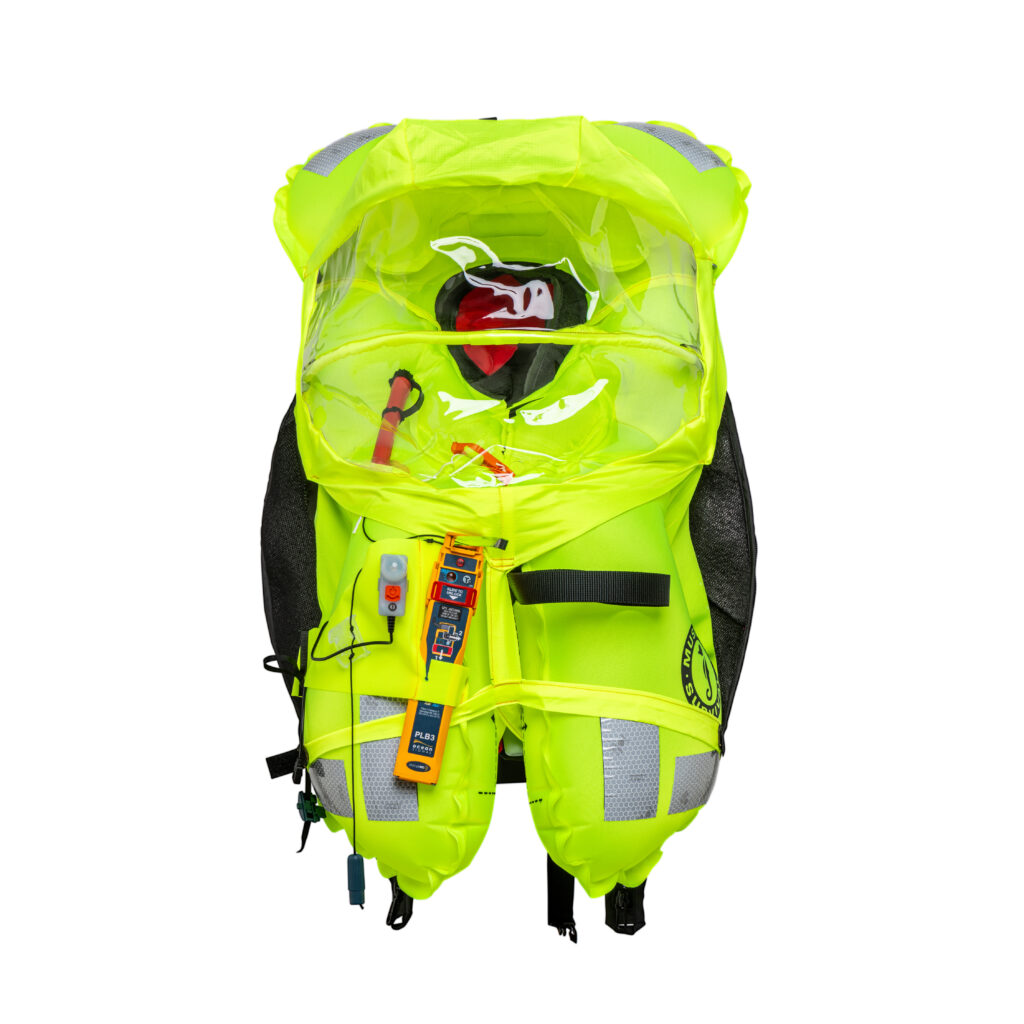
A couple of other features worth noting. There’s a heavy webbed ring in front for the attachment to jacklines, and the vest has a thin layer of flotation, which means it can be tossed to someone in the water, like a life-ring. Inside the vest, on the inflatable section, there are slots to hold an AIS and PLB beacon. The Atlas uses a low-maintenance Hammar MA 1 inflator, and with the small viewing window, it’s easy to check its status.
The Atlas 190 DLX Hammar is a true, professional-level offshore inflatable PFD that is comfortable, but will provide you with strong assurance of safety at a reasonable price. Red/black, universal adult size, $369.99.
